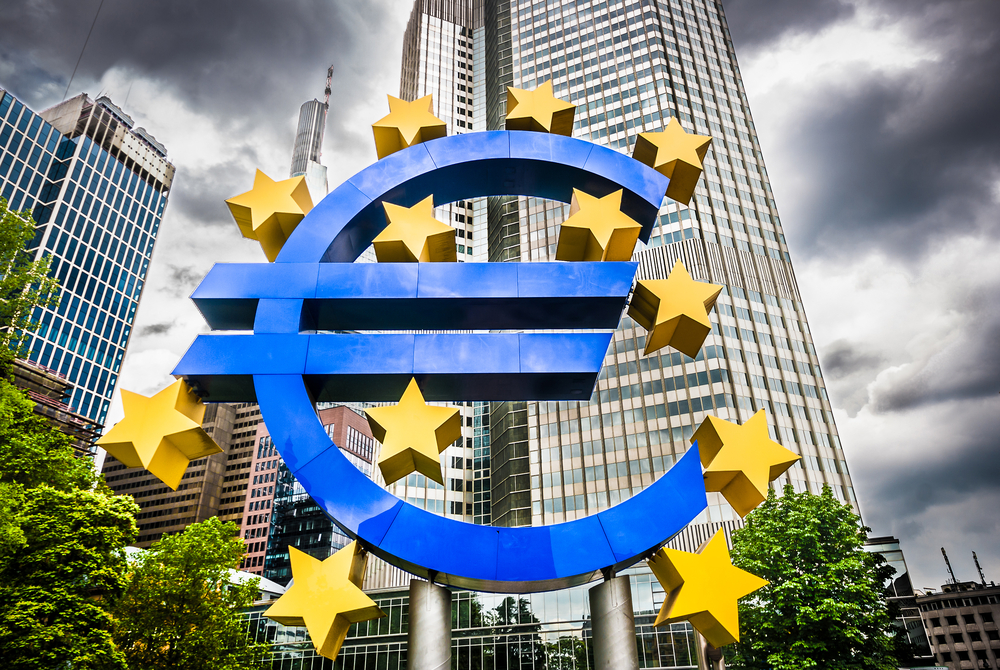
The single European currency once again won out on Thursday and into Friday after the central bank covering the Eurozone provided mixed signals to the markets.
It managed to cut deposit rates to their lowest in a long time.
They went from -0.4% to -0.5%, which represented a cut of ten basis points.
It also announced that it would begin buying up bonds once again.
In six weeks from now, around the start of November, the Bank will begin buying bonds to the tune of 20bn euros per month.
In a statement, the Bank also indicated that this it for stimulus – and that there was nowhere further left to go.
Mario Draghi, the Bank’s president, indicated that there would need to be change in both fiscal and monetary term in European countries too if the rates of growth seen previously were to be returned to.
Traders of the euro appeared to be pleased with the announcement, with the currency going up by 0.3% in its pair with the US dollar.
At one stage it was seen at $1.11095, which was its best performance since the end of August.
It was later resting at $1.1096.
Analysts predicted that the currency looked set to remain in this range for a while to come.
Elsewhere, the British pound continued its run of relief.
No-deal Brexit appears to be off the cards in the UK, at least for now.
The Democratic Unionist Party, which supports the Conservative government in Westminster, was quoted as saying that it may budge on the issue of the Northern Irish backstop.
However, there was later a question mark over whether or not this was the party’s official position, with several of its key politicians later denying this.
This led to the pound rising to its best performance in around seven weeks.
It was seen at $1.2435 in the GBP/USD pair at one point.
The US dollar continued its surge against the Japanese yen.
It reached its highest point in over a month at one stage and was selling for 108.265.
However, it did drop by a marginal amount as trading began properly on Friday.
It was later spotted at just under the 108 mark.
There were more signs over the course of the day that the US government’s position on trading with China could be about to soften.
President Donald Trump, who has largely been responsible for the protectionist policies so far, said yesterday that the option of agreeing to a temporary, transitional trade agreement with Asia’s largest economy was still on the cards.
The next key event in the saga will be a meeting between the two countries’ trade representatives.
This is due to take place next month.
The offshore Chinese yuan also managed to surge as a result of these developments, showing just how desirable a trade deal is for currency traders in both economies.
Against the offshore yuan, the US dollar was actually down by 0.3% – and was spotted at 7.0752 at one stage.
 Between 74-89% of CFD traders lose
Between 74-89% of CFD traders lose  Your capital is at risk
Your capital is at risk  Your capital is at risk
Your capital is at risk  Your capital is at risk
Your capital is at risk